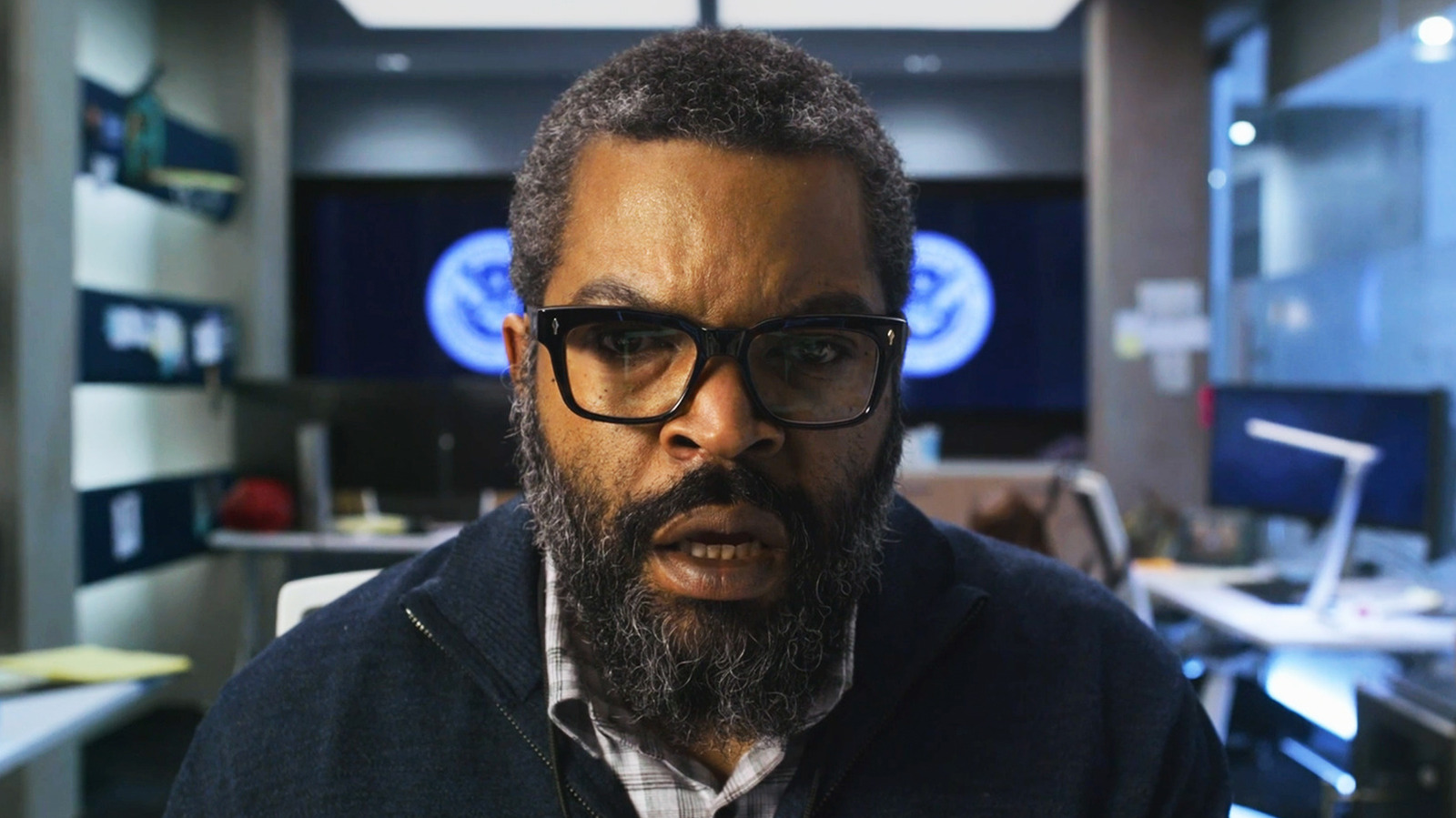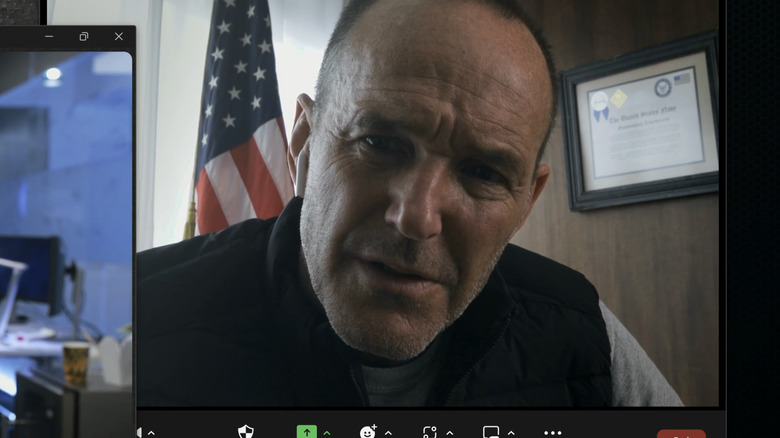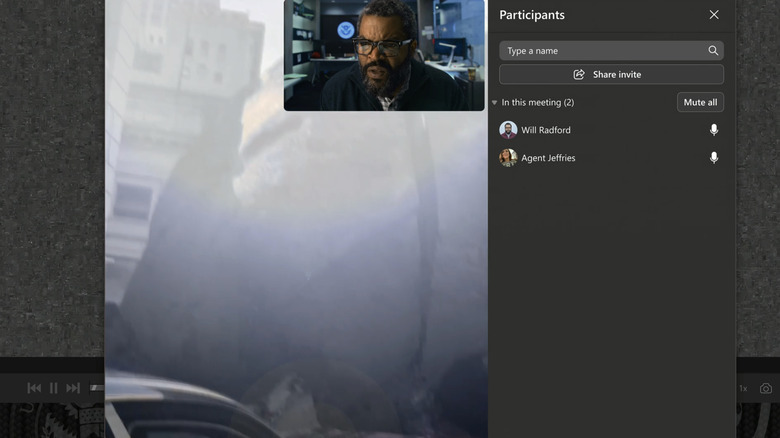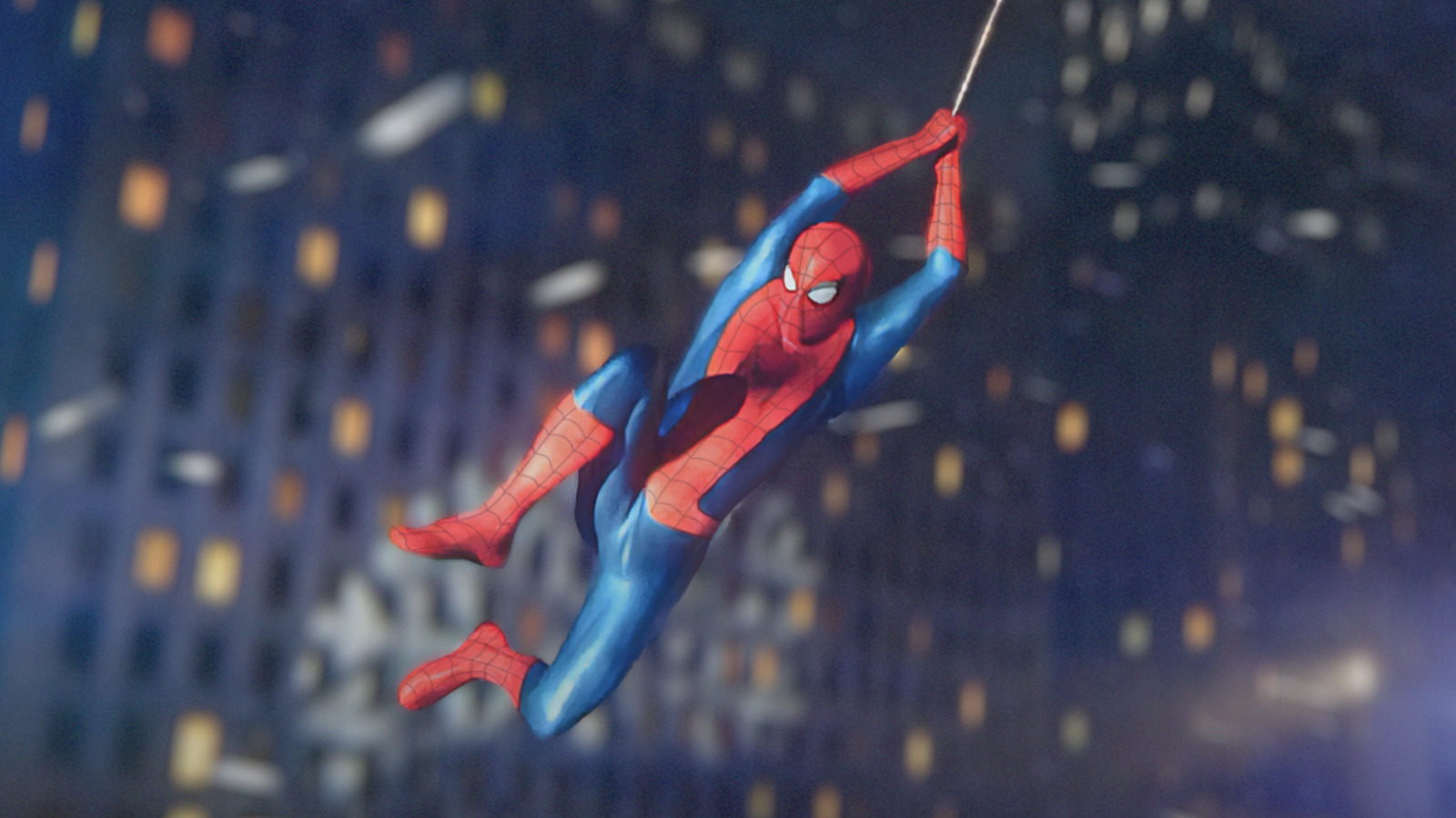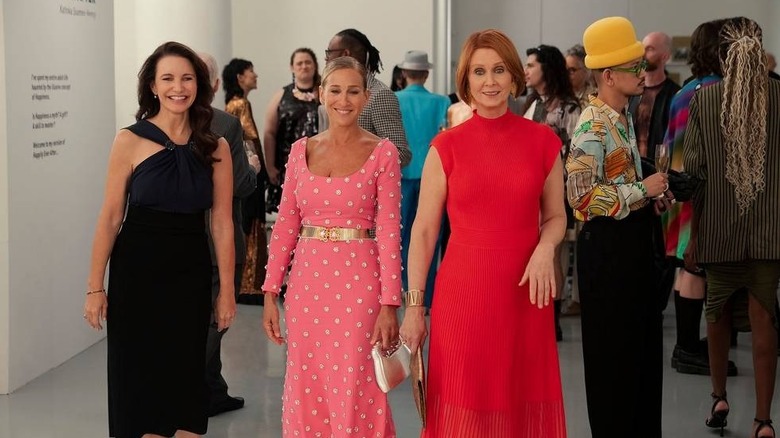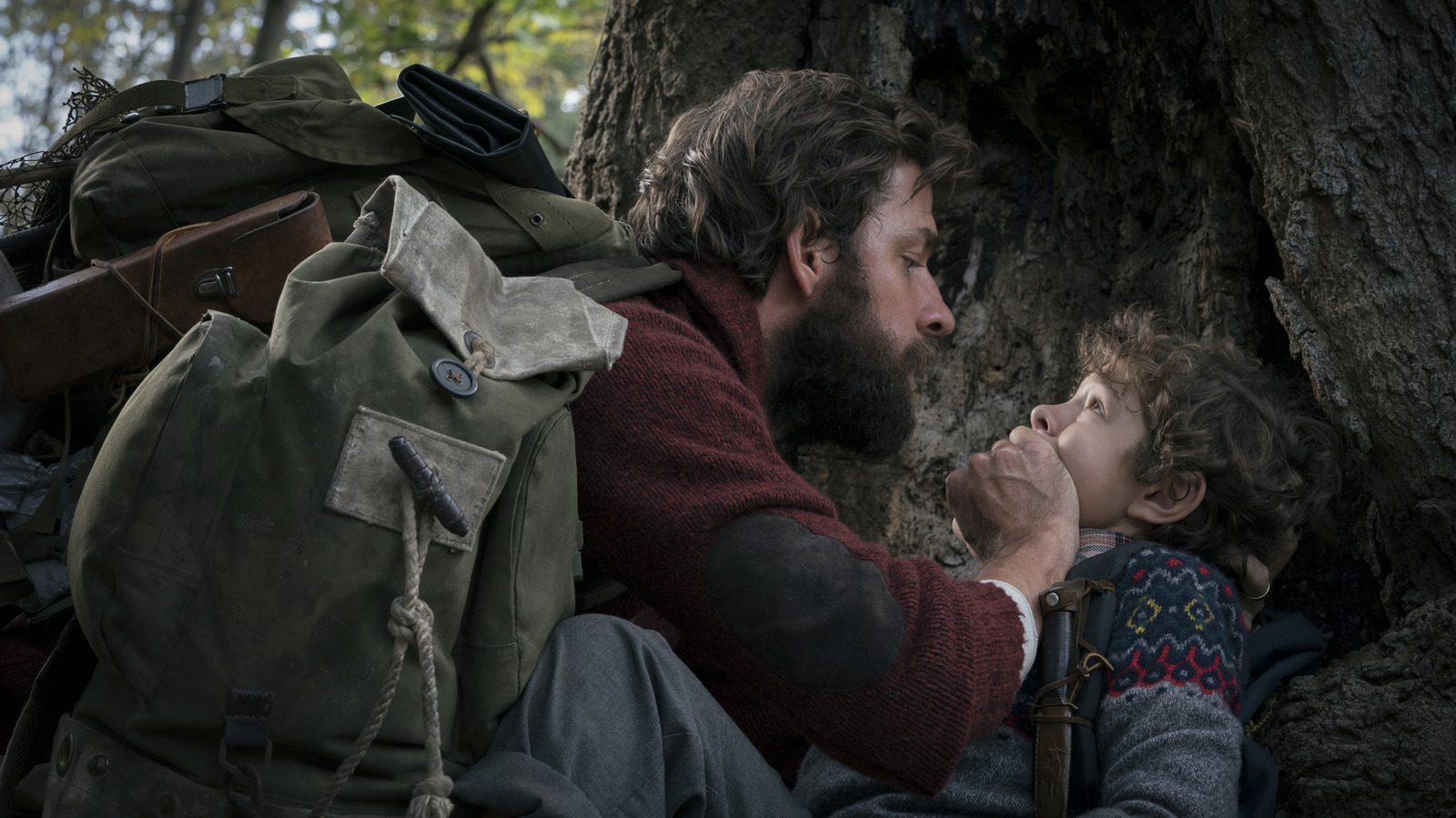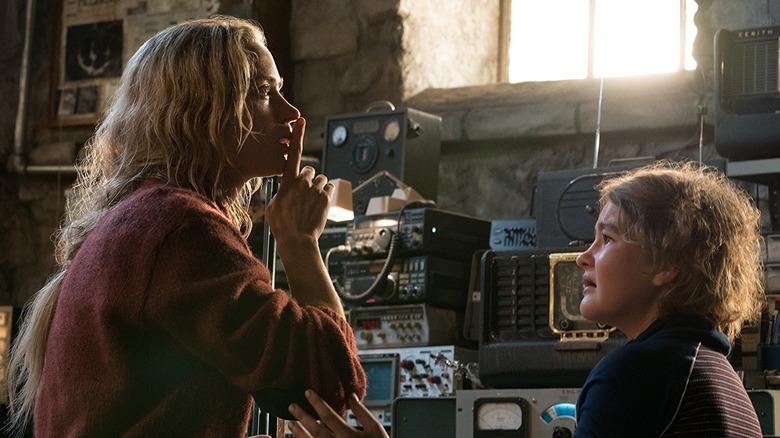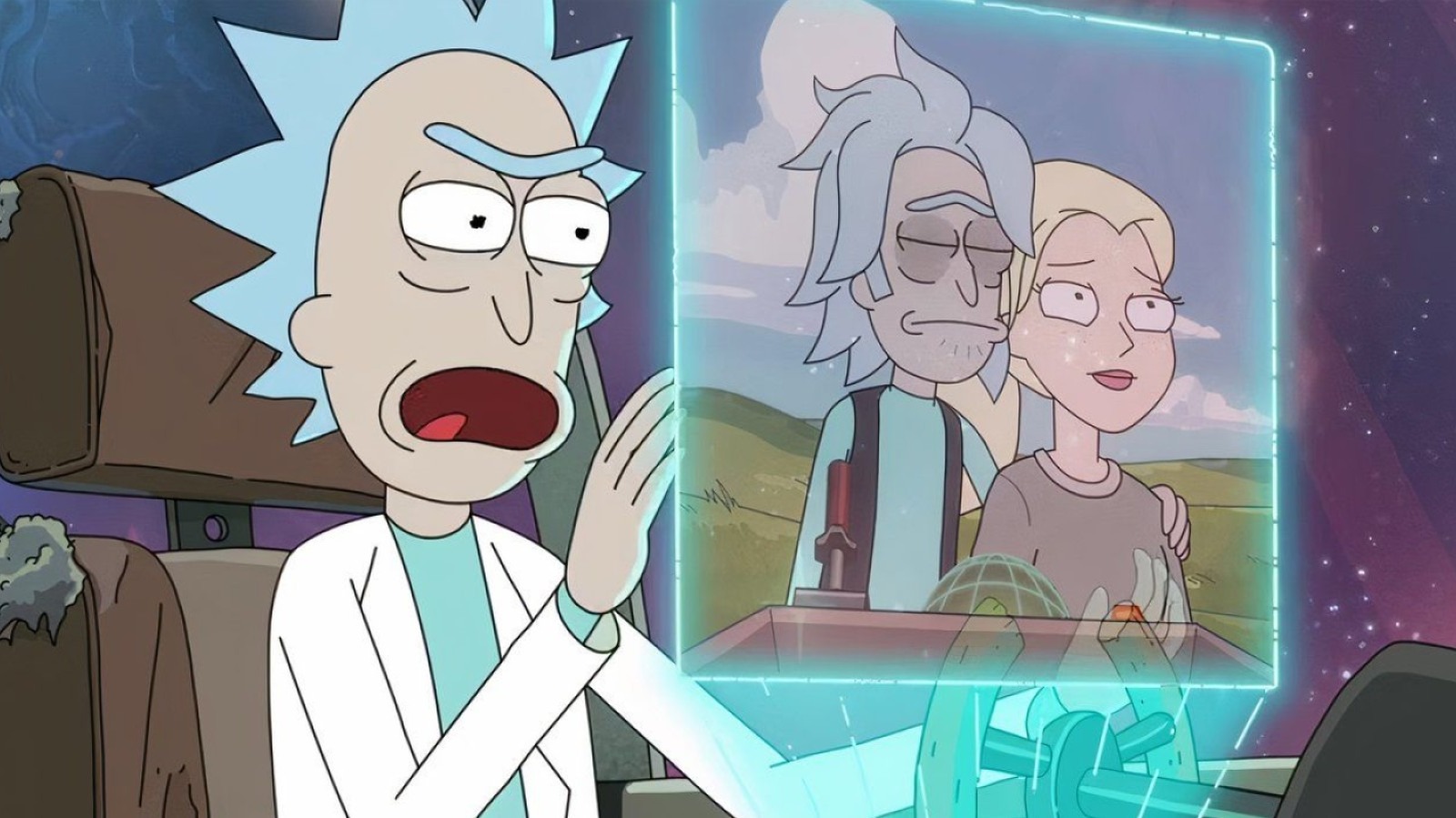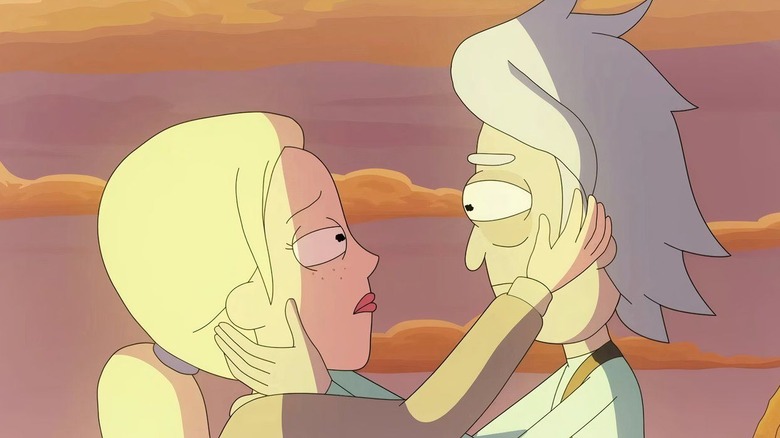What role can Hulk and Scorpion play in Spider-Man: Brand New Day
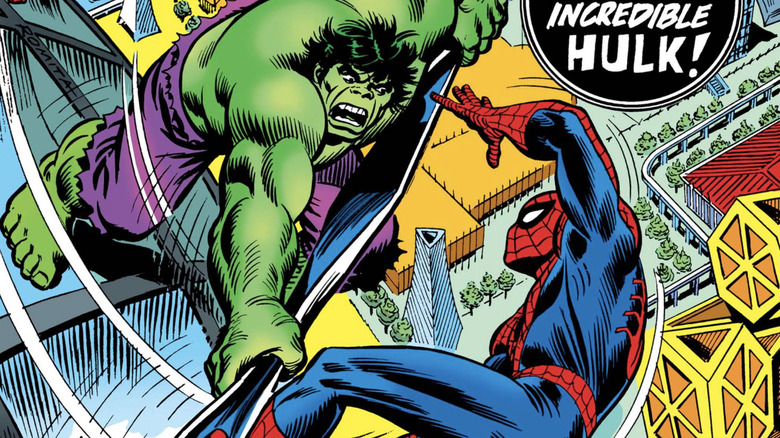
Marvel Comics
Back when “Spider-Man: Homecoming” first released, I walked out of the movie thinking Mando as Scorpion was going to be the villain of the next one. The stinger seemed like clear sequel bait and the “Spider-Man” movies hadn’t used Scorpion yet. Then, “Far From Home” pivoted to Spidey fighting Mysterio (Jake Gyllenhaal) on a European field trip. And then “No Way Home” became Crisis on Infinite Spider-Men. It seemed like Scorpion had fallen through the cracks. The new animated series “Your Friendly Neighborhood Spider-Man” (which is MCU inspired but non-canon) even features Gargan (Jonathan Medina) becoming Scorpion, as if taking advantage of the movies dropping his story thread… until now. In the comics, J. Jonah Jameson is the one who funds Gargan’s transformation into the Scorpion. If they want to give J.K. Simmons a bigger part as JJJ again, there you go.
The bigger question mark is how the Hulk fits in. He and Spider-Man have been in some “Avengers” movies together, but to my memory, they’ve never even shared a word with each other. The one connection I see is that both heroes are scientists, so perhaps Peter can bond with Bruce like he previously did Tony. With where “No Way Home” left him, Peter Parker could also use a mentor like Bruce Banner who knows what it’s like to be all alone in the world.
Sadie Sink has also been cast as someone in “Spider-Man: Brand New Day” — speculation about her part has ranged from a “true” Mary Jane Watson to Gwen Stacy to the X-Men’s Jean Grey to the minor hero Sarah Ehret/Jackpot. We’ll see how well “Spider-Man: Brand New Day” can hold this growing web together soon.
“Spider-Man: Brand New Day” is scheduled for theatrical release on July 31, 2026.
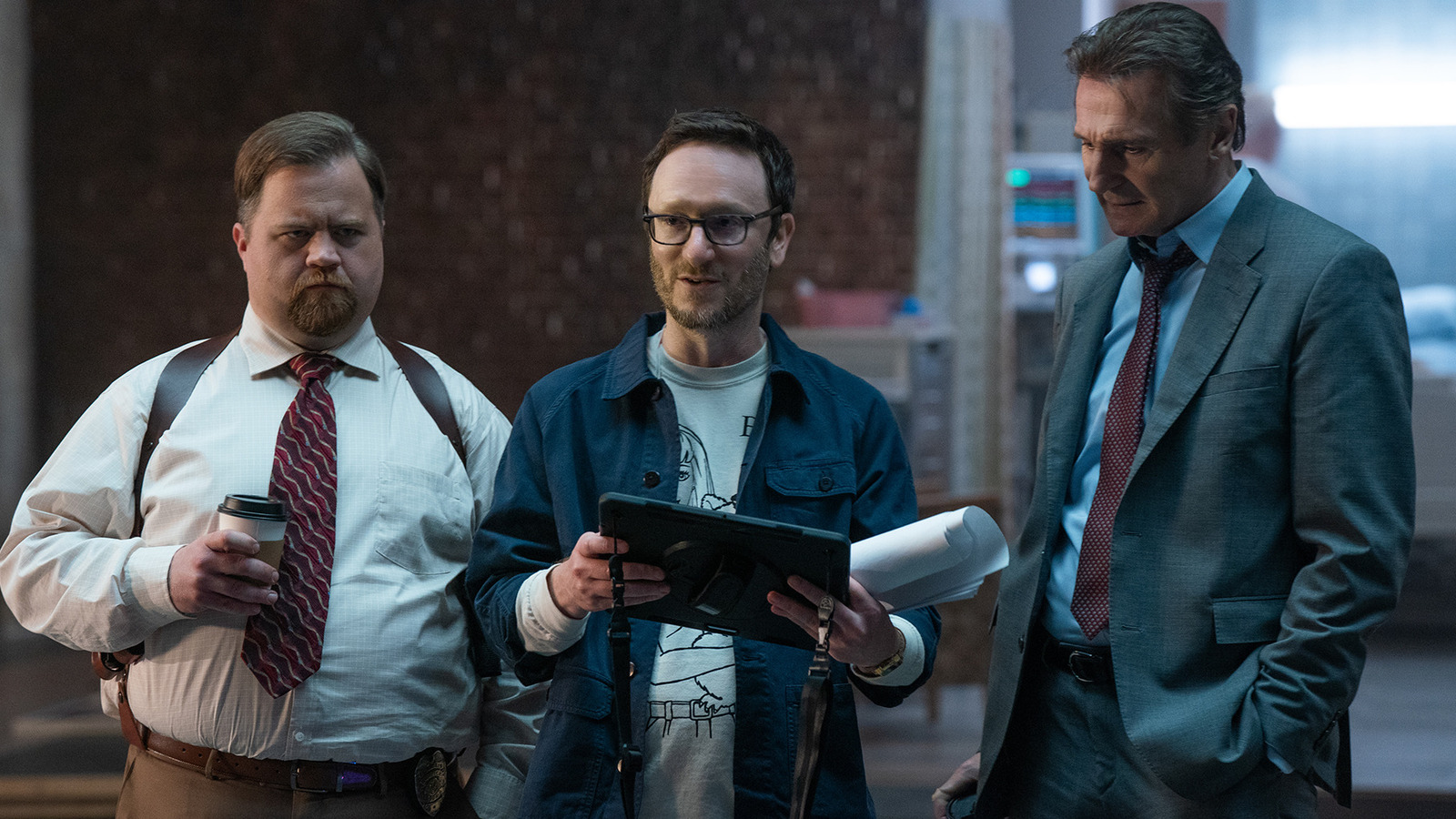
by admin | Aug 1, 2025 | TV & Beyond Articles
All right, so I wanna get specific. I talked to Dan Gregor and Doug Mand about the Snowman’s Cottage sequence, which is just like a showstopper of a sequence. I was laughing so hard at that. I know that you said that the idea just kind of popped into your head early one morning, but I was curious if there were any other drastically different versions of that scene before you had that idea and what they were like?
That’s a great question. We definitely wrote some other montages, but I do not recall what they were. They were fine, but none of them felt different enough. Not different enough from the old “Naked Gun” one but just different enough from all of the making fun of montages that have happened in the last 30 years. It is well-worn territory. The first “Naked Gun” one is classic, and then there’s so many others. The one that always comes to mind is like “Team America,” “You need a montage.” Like, once they have the song talking about it, they’ve really broken it. I wish I do remember, but I don’t remember the other ones. There was no debate. Once I wrote that one, we were all like, “Good.”
The one final bit that I wanna talk about is the TiVo bit, which feels so personal and specific, and it just comes out of nowhere. What was the inception of that?
It’s so funny ’cause in some of these interviews, I talk a lot about momentum and how the movie just had to move, and how if a joke didn’t work, I would always cut it. Even things that went further, like sometimes we’d cut the last beat off if it climaxed at one part. Then when it gets to the “Buffy” joke, it’s indefensible. That’s just me.
It’s the only joke that’s still makes me laugh. I’ve seen the movie a thousand times, scrutinized every frame. It’s all just like ones and zeros to me now of color and sound and mix. None of it makes me laugh anymore. That joke still makes me laugh every time. It was always polarizing. Half the audience would be like, “Do not touch it. It’s the best joke in the movie.” And half the audience would be like, “Get that out of here. I don’t even have a clue what that was.”
It’s so good. Especially the silence there, when he’s like, “Hold on,” and he’s hooking it up and waiting for it to boot up.
Yeah, “Just stand there. Just stand there.” I think even for people who don’t love it, if they watched the movie another time or two more times now knowing it, I think it will become their favorite joke.
That’s how much I believe in it.
I had to tell Liam, “No, I know that one doesn’t — It only plays for half the audience.” It’s just my favorite and I like that we don’t explain it. I think there’s a lot of people also that by the time he’s in the […], when he’s in the cab, after the cab ride, and he’s got the TiVo, there’s people that laugh there and I go like, “I think there’s some people that are just watching it trying to figure out where it’s going and what it is as a joke, because I don’t recognize its format from anything.” It’s Liam’s performance that kills it.
Absolutely.
He’s just so dedicated. So, I think those people then will be laughing from the beginning the next time. You know what I mean? But I have to admit, it was self-indulgent. I know.
“The Naked Gun” is playing in theaters now.

by admin | Aug 1, 2025 | TV & Beyond Articles
Deadline confirming the news. “And just like that… the ongoing storytelling of the ‘Sex and the City’ universe is coming to an end,” it read. “While I was writing the last episode of ‘And Just Like That…’ season 3, it became clear to me that this might be a wonderful place to stop.” King then explained that he, executive producer and star Sarah Jessica Parker, head of HBO Max content Casey Bloys, and head of HBO Max originals Sarah Aubrey made the decision to include 12 episodes (increased from the usual 10) in the third season, with the added two serving as a two-part series finale.
“[Parker] and I held off announcing the news until now because we didn’t want the word ‘final’ to overshadow the fun of watching the season,” King then clarified. “It’s with great gratitude we thank all the viewers who have let these characters into their homes and their hearts over these many years.”
So, is the show canceled? Not technically. HBO Max didn’t pull the plug on the series, which Is unsurprising when you consider that “Sex and the City” is one of the premium network’s flagship shows. It could come back to terrorize audiences once again, but not any time soon, I guess! So, uh, what’s going on in this series in the first place, and why does it deserve to go away and never come back?
